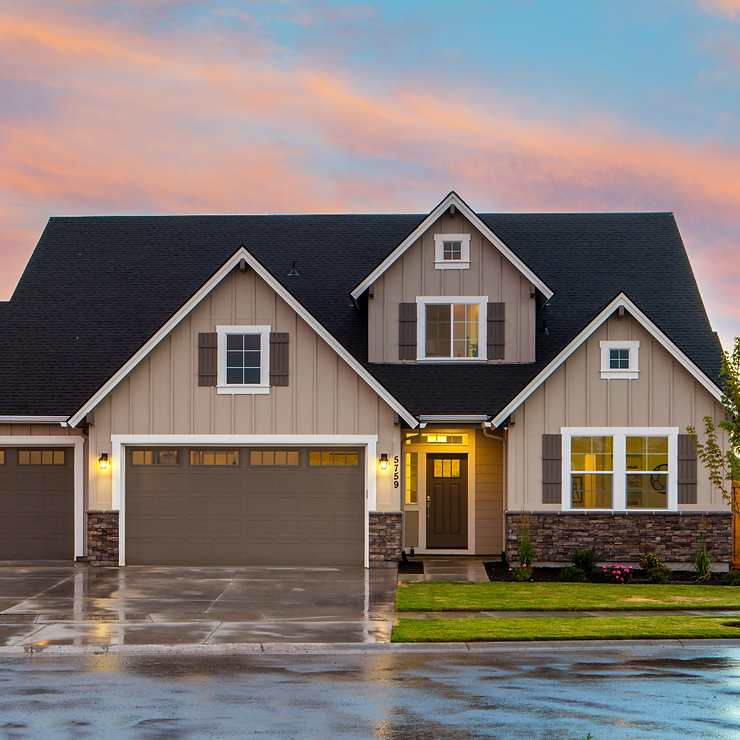GET YOUR HOME ENERGY IMPROVEMENT CREDIT NOW
Article Highlights:
- Credit History
- Credit Percentage and Annual Credit Limit
- Per Item Credit Limit
- Home Energy Audit
- Identification Number Requirement
- Other Credit Issues
- Tip To Maximize The Credit
This credit goes all the way back to 2006, providing a tax credit for making energy-saving improvements to a taxpayer’s home. This tax benefit was supposed to expire after 2021 but a law change has given the credit renewed life and substantially enhanced it beginning with 2023.
Prior to 2023, the credit had a lifetime cap of $500, which many taxpayers had taken advantage of in the previous 16 years, while others could not remember if they had used the entire lifetime credit during those years. As a result, with a lifetime tax benefit of only $500, and a small credit rate of only 10%, the credit had become less of a motivator for taxpayers to make energy saving improvements to their homes and was frequently disregarded. Now this credit once again becomes a meaningful incentive for taxpayers to make energy-saving improvements to their homes. Beginning in 2023 the minimal $500 lifetime limit is replaced with a $1,200 annual limit and the credit rate is increased to 30%. The following are the annual credit limits by improvement item.
- Energy Property: $600 if the property meets the most recent International Energy Conservation Code standard in effect as of the beginning of the calendar year which is 2 years prior to the calendar year in which such component is placed in service. This type of property includes:
- An electric or natural gas heat pump water heater.
- An electric or natural gas heat pump.
- A central air conditioner.
- A natural gas, propane, or oil water heater.
- A natural gas, propane, or oil furnace or hot water boiler.
- Biomass stoves and boilers
- Any insulation material or system, including air sealing material or system, which is specifically and primarily designed to reduce the heat loss or gain of a dwelling unit when installed in or on that dwelling
- Doors: $250 in the case of any exterior door, and $500 in the aggregate with respect to all exterior doors meeting the applicable Energy Star requirements. For example, if a new front door costs $1,000, the credit will be $250 since $300 (30% of $1,000)exceeds the $250 limit.
- Windows: $600 for the aggregate of all windows and skylights that meet Energy Star most efficient certification requirements.
- Heat Pumps: $2,000 for the aggregate of heat pumps, heat pump water heaters, biomass stoves and boilers.
- Home Energy Audit:$150 (one time). “Home energy audit” means an inspection and written report that identifies the most significant and cost-effective energy efficiency improvements with respect to the dwelling unit, including an estimate of the energy and cost savings with respect to each such improvement, and is conducted and prepared by a home energy auditor that meets the certification or other requirements specified by the Secretary of the Treasury.
The one making the improvements and claiming the credit need only be a resident of the home and not necessarily the owner.
Identification Number Requirement – The credit is not allowed unless the energy-saving item is produced by a qualified manufacturer, and the taxpayer includes the qualified product identification number of the item on their tax return for the tax year the credit is claimed. However that requirement does not take effect until after December 31, 2024, giving qualified manufacturers time to comply.
Other Credit Issues:
- Improvements include only those installed on or in connection with a dwelling unit located in the United States and used as a residence by the taxpayer, and originally placed in service by the taxpayer.
- The components must have a life expectancy of at least 5 years.
- The credit can apply to manufactured homes.
- Expenditures for labor costs properly allocable to the onsite preparation, assembly, or original installation of the property qualify.
- The credit is claimed on the return for the year the property is installed, even if paid for in a prior year.
- It is a nonrefundable personal tax credit and allowed against the alternative minimum tax (AMT) if the taxpayer is subject to the AMT.
- There are no credit carryover provisions if the credit is not fully utilized in the year of the home energy improvements.
- Unlike the credit for solar installations, this credit doesn’t have any specific prohibitions against swimming pools or hot tubs.
Tip To Maximize the Credit: Because this credit now has an annual credit limit instead of a lifetime credit limit, a taxpayer can spread the expenditures over multiple years to avoid the annual and per item credit limits. For example, say a taxpayer wishes to replace all the windows in their home. If all the work is completed in one year the taxpayer’s credit would be limited to the per item $600 credit for windows and skylights. However, if the taxpayer spreads the replacements out over multiple years the taxpayer would get a credit of $600 per year.

This blog is meant for educational purposes only. Articles contain general information about accounting and tax matters and is not tax advise and should not be treated as such. Do not rely on information from this website as an alternative to seeking assistance from a certified tax professional. Perlinger Consulting partners with certified tax professionals to assist our clients.
For information on March Tax Due Dates click here: https://perlingerconsulting.com/post/march-2023-individual-tax-due-dates
